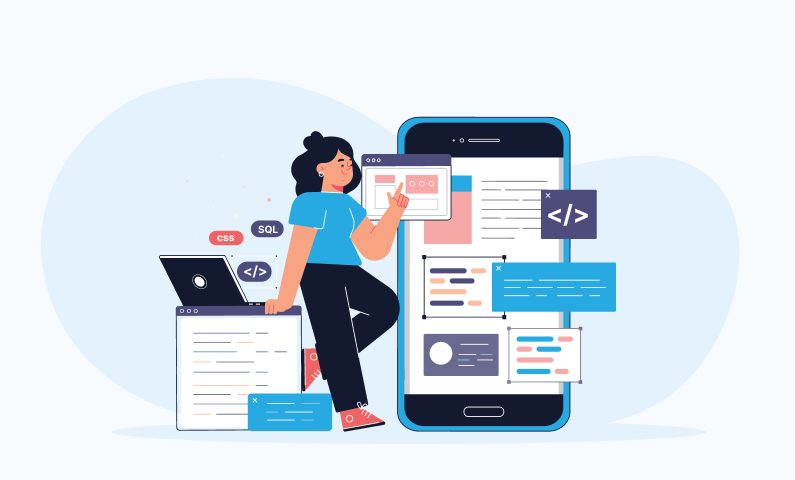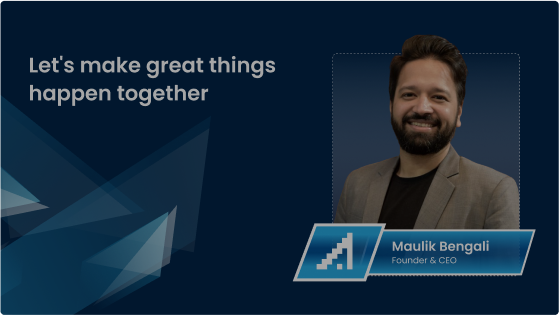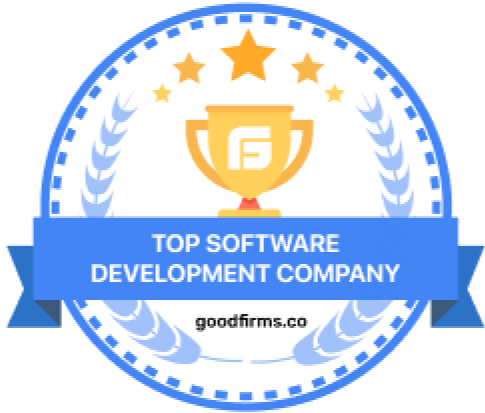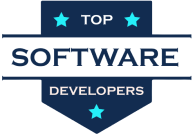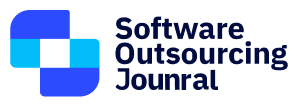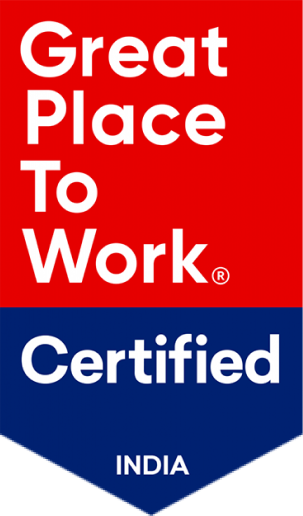The right tech stack is one of the elements of a successful web application. The tech stack will decide how fast, secure, scalable, or efficient your app is going to be. It is based on this idea that we’ve got some of the best stacks in web app development lined up for you, including their components, advantages, and real-world applications. We will also go into specific use cases and case studies to make you familiar with how these stacks perform in different scenarios.
Understanding Best Tech Stacks:
A tech stack refers to a combination of programming languages, frameworks, libraries, and tools developers use to build web applications. The appropriate choice of stack can have a great impact on the development process and the performance of the final product.
Here are some of the most widely used tech stacks currently:
1. MERN Stack
MERN is one of the most popular choices for web development. It consists of:
- MongoDB – NoSQL data store that holds its data in JSON-like documents, enabling flexible data structures.
- Express.js – Minimal and flexible Node.js web application framework with a rich set of features for rapid development of web and mobile applications.
- React – Javascript – It is a library used by Facebook for building user interfaces particularly SPAs where the content changes over time.
- Node.js: A runtime environment for JavaScript on the server side, so developers can use the same language for both client and server side development.
Case Study:
Companies such as Netflix and Uber implement the MERN stack for dynamic user interfaces and massive storage of user data. For example, Netflix applies React to its user interface components, so their users can watch movies without being interrupted across any device.
2. MEAN Stack
Similar to the MERN stack, the MEAN stack uses Angular instead of React:
- MongoDB
- Express.js
- Angular: A powerful front-end framework created by Google, allowing developers to produce rich single-page applications that focus on performance and maintainability
- Node.js: The MEAN stack is extremely versatile and therefore a great choice for developing real-time applications, such as chat apps and collaborative tools.
Case Study:
YouTube employs the MEAN stack so that users can engage more with the site’s real-time properties without having to reload pages. It is easier for users to interact with comments and videos in real-time as it gives dynamic content updates.
3. LAMP Stack
LAMP stack has been used for a long time in web development. It consists of:
- Linux: The operating system on which the foundation is based.
- Apache: This is the HTTP server that handles requests from the clients.
- MySQL is a relational database management system that stores data in structured tables.
- PHP is the programming language for server-side scripting.
This stack is more cost-effective and flexible, and it can be used for just about anything, from blogs to complex websites.
Example:
One of the most popular content management systems is WordPress, built on a LAMP stack. Its flexibility makes it possible for users to develop anything ranging from simple blogs to complex e-commerce sites.
4. .NET Tech Stack
The .NET tech stack, developed by Microsoft, is great for more complex enterprise applications.
The typical components of the .NET stack are as follows:
- ASP.NET is a framework for building web applications in .NET technologies.
- C# is the primary programming language used in .NET development.
- SQL Server is a relational database management system offering very high performance and security.
The .NET Stack provides great security features and high performance, making it great for large-scale applications.
Case Study:
Stack Overflow uses the .NET framework to support its massive user base while ensuring quick load times and secure transactions across millions of queries daily.
5. SERN Stack
The SERN stack combines:
- SQL: For relational database management.
- Express.js
- React
- Node.js
This stack is particularly effective for applications requiring structured data storage while benefiting from React’s dynamic capabilities.
6. JAMstack
The JAMstack architecture focuses on decoupling the frontend from backend services:
- JavaScript
- APIs
- Markup
This approach improves performance and security and provides developers an opportunity to use third-party services along with a static site generator, Gatsby, or Jekyll.
Benefits of JAMstack:
- Pages are already pre-rendered and this helps in faster loads.
- The attacks are minimal because there are lesser moving parts compared to the traditional server-side rendered apps.
7. Ruby on Rails Stack
In the Ruby on Rails stack, the following is used:
- Ruby on Rails: It’s a solid web application framework that adheres to the MVC pattern of architecture.
- HTML/CSS/JavaScript: Frontend development.
This stack is known for rapid development capabilities and is going to such startups on MVPs in the shortest term.
Example:
Basecamp- project management tool was implemented on Ruby on Rails. Some examples have shown how fast developers can iterate through the features and deploy the updates.
Selecting the Best Tech Stack:
Consider the following factors when selecting the best technology stack for your web app:
Project Requirements: Understand what your application needs in terms of functionality and scalability.
Team Expertise: Choose a stack that aligns with your team’s skills to ensure efficient development.
Community Support: Opt for technologies with strong community backing to access resources and support when needed.
Long-Term Viability: Consider how well-supported and actively developed a technology is; this affects future updates and maintenance.
Performance Needs: Assess how well different stacks will be able to handle expected traffic loads and data processing needs.
Comparison of Popular and Best Tech Stack Performance:
While trying to evaluate which tech stack could serve your project, keep the following performance metrics in mind:
Fastest Web App Frameworks
Frameworks such as Node.js are recognized for non-blocking I/O models that allow several requests to be received at the same time without slowing them down. This is very useful for high-performance applications such as real-time collaboration tools or streaming services.
Load Testing
Conducting load testing can help determine how well your chosen tech stack performs under stress. Tools like Apache JMeter or LoadRunner can simulate multiple users accessing your application simultaneously to identify bottlenecks before deployment.
Security Considerations
Security should always be a priority when selecting a tech stack:
Framework Security Features: Ensure that your chosen framework has built-in security features such as protection against SQL injection attacks (e.g., using prepared statements).
Regular Updates & Patches
Choose technologies that are regularly updated by maintainers or communities to quickly fix vulnerabilities.
Compliance Standards
If dealing with sensitive data for healthcare or finance, your tech stack needs to meet relevant regulations like GDPR or HIPAA.
Case Studies Showcasing Best Examples of Tech Stacks Implemented
1. Airbnb
The tech stack of Airbnb is based on Ruby on Rails and JavaScript frameworks such as React. The conjunction enables handling complex functionalities while providing intuitive user interface. Choosing Ruby on Rails allowed them to prototype rapidly during their growing early days.
2. Spotify
Spotify uses a microservices architecture written in several languages, including Python, Java, and C++. This tailored tech stack has therefore enabled them to scale very efficiently but also handle humongous data concerning the predisposed streaming of music for their millions of users across the world.
Trends That Can Be Considered for Tech Stack Choices
As technology evolves so do trends that shape how developers choose their stacks:
Microservices Architecture
Most organizations have adopted the concept of microservices architecture, in which applications are decomposed into several services that can be developed independently.
This helps teams use different custom-tailored stacks with the services while improving their scalability and maintainability.
Serverless Computing
Serverless architectures enable developers to write applications without directly managing servers.
Services like AWS Lambda allow developers to write and deploy code without worrying about scaling codes, which changes the very thinking about the traditional tech stacks.
Progressive Web Apps (PWAs)
PWAs essentially bring forward a combination of web and mobile applications features like offline capabilities, push messages, and fast loading speed.
Selecting stacks supporting the development of PWAs, like Angular or React, can be highly influential in improving the user experiences across devices.
Low-Code/No-Code Development Platforms
Low Code/No Code development platforms allow for fast application development with little need for coding, making it accessible to contribute even for non-developers.
Though not a substitute for traditional stacks, they are affecting the approach to app development for businesses by breaking open those barriers.
Artificial Intelligence Integration
With more widespread use of AI in software solutions, integration of AI functionalities within an existing tech stack can add functionality, such as personal experiences for users or predictive analytics capabilities, making it a must-have when selecting a technology stack today.
Evaluating Your Current Tech Stack
If you already have an existing application but are considering changes or upgrades:
Performance Assessment
Use tools like Google Lighthouse or GTmetrix to evaluate your application’s performance metrics such as load times and responsiveness under various conditions.
User Feedback Collection
Gather insights from users regarding pain points they encounter while using your application; this could highlight areas needing improvement or new features desired by customers.
Scalability Review
Determine whether your existing architecture is scalable to support high traffic loads without sacrificing performance if needed; migrate to microservices if the expected growth rates are significant within the near future.
Cost Analysis
Compare the cost of continuing to run your current technology versus saving that can be made by switching to the new technology—this includes direct costs (hosting costs), indirect costs (dev-time spent on debugging legacy problems), amongst other considerations.
Strategies for Future-Proofing
Research emerging technologies relevant within your industry space; staying ahead of trends will ensure you remain competitive long-term while also preparing yourself adequately should market demands shift unexpectedly down the line!
Conclusion
The right tech stack is critical to developing the successful web application. Whether you go with MERN or MEAN stacks for their flexibility or choose LAMP or .NET for their robustness, knowing the role of each piece of your tech stack ensures more streamlined development. With these best tech stacks, you will build high-performance web applications that fulfill all your user expectations and the goals of your business.
In summary, whether you consider a customized tech stack or just mobile app tech stacks or frameworks like React or Angular, the right choice will ensure your project meets the challenges of the competitive market today. The right technology stack not only heightens the performance but ensures scalability and maintainability over time as your application expands. Ultimately, it takes you toward one of the best web applications, custom-built specifically to fulfill the needs of your users.
By closely comparing your project needs with existing technology stacks, you can be assured that your web app will not only meet the present demands but also morph gracefully as those demands evolve over the time, positioning you nicely within an ever-changing digital landscape.
More Resources
For further assistance in helping you choose the best tech stack for your next project, check out these resources:
Stack Overflow Developer Survey: Annual survey results will give ideas about what and whom developers prefer with regard to languages, frameworks, tools, etc.
GitHub’s State of the Octoverse: Summary of trends related to open-source software development according to activity on GitHub can help in identifying popular technologies among developers across the world.
TechCrunch: Stay updated on industry news related to emerging technologies that influence current software development.
With all these insights and understanding different technology stacks available today, you’re in a better position than ever before, starting new web application projects!

Start a Project with Ajackus
